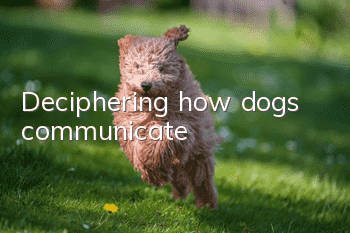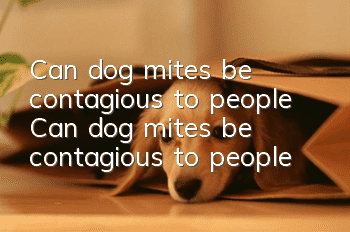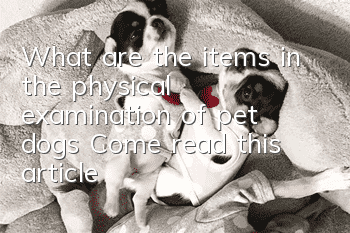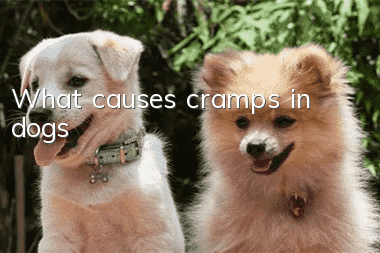Deciphering how dogs communicate

As man’s best friend, dogs always resolutely obey their owners’ orders and are very willing to communicate with their owners. Scientists have proven that a dog with normal intellectual development can clearly express more than 200 meanings. This shows that dogs have the ability to communicate with their owners. However, this also requires you to understand the way your dog communicates so that you can understand what your dog expresses to you.
How dogs communicate:
1. Odor signal
Dogs use scent to mark their territory or usage area. Smell can reveal the health, social status, hormonal status and more of the tagged person.
2. Visual signal
When each other comes into sight, visual signals will replace odor signals. When two unfamiliar dogs meet freely and unsupervised, they spend some time getting to know each other. At first, the dogs will stand up straight, and then slowly and carefully approach each other, often approaching each other indirectly in circles. Smell each other after getting close, starting with the head and face, then the genitals where the smell is strongest. Then they may just walk away and the communication is over. Or if one of the dogs tries to start a game, it will raise its front paws in the air and wave them, bend down or bark to invite the other puppy to play together. The fights in the game may seem a bit savage, but they are clearly carried out according to their social norms, there are no heavy bites, and there is rarely any obvious display of dominance.
Tips: Direct and rash approaches are often interpreted by dogs as threatening actions, causing them to attack in self-defense.
3. Body language
The body language of dogs and wolves is very similar. When dogs are quiet and peaceful, their body posture is relaxed, their facial expressions are peaceful, their ears stay in the normal position (the breeds vary), their tails droop, their bodies do not arch or lift, their eyes are slightly closed, and their lips are slightly closed. The muscles of the head and neck are relaxed. When a dog is confident and wants to show his authority and dominance to another dog, the body is slightly arched and ready to take action.
When two dogs meet, they sometimes use body postures to express dominance or submission. Sometimes one dog will put its front paws on the other's back or try to ride the other dog. Only rarely will a dog press its head against another dog's back or neck to demonstrate dominance.
4. The language of the tail
A dog’s tail shows its emotions and intentions. A raised tail shows that the dog is confident, excited, or powerful. Wagging the tail expresses happiness and excitement. Holding the tail upright and wagging it in small amplitude and high frequency means that the dog is showing its strength. The tail is drooping and wagging slowly to indicate that the dog isSay: "Not sure".
5. Vocal communication
Dogs use their voices to express emotions. Generally speaking, a high pitch or loud volume indicates frustration or excitement. Barking does not mean aggression, but often means "come on to the game soon" and "nice to see you". Growling has an aggressive meaning in adult dogs. Some dogs like to play with the "growling" sound, but their attitude is clear. Some dogs can ups and down the "growling" sound. When the dog makes an aggressive growl, its body will also lower itself, showing an aggressive posture.
- What to look out for when buying a Scottish Sheepdog
- When dogs get older, pay attention to their diet
- Why does a puppy swallow food without chewing it?
- How to prevent kennel cough in dogs?
- Under what circumstances do dogs hurt people?
- What you need to do to maintain your dog’s foot pads
- How to deal with nosebleeds in dogs
- What are the symptoms of French Bulldog Distemper?
- Can golden retrievers eat beef?
- Why does Alaska have smelly feet?



